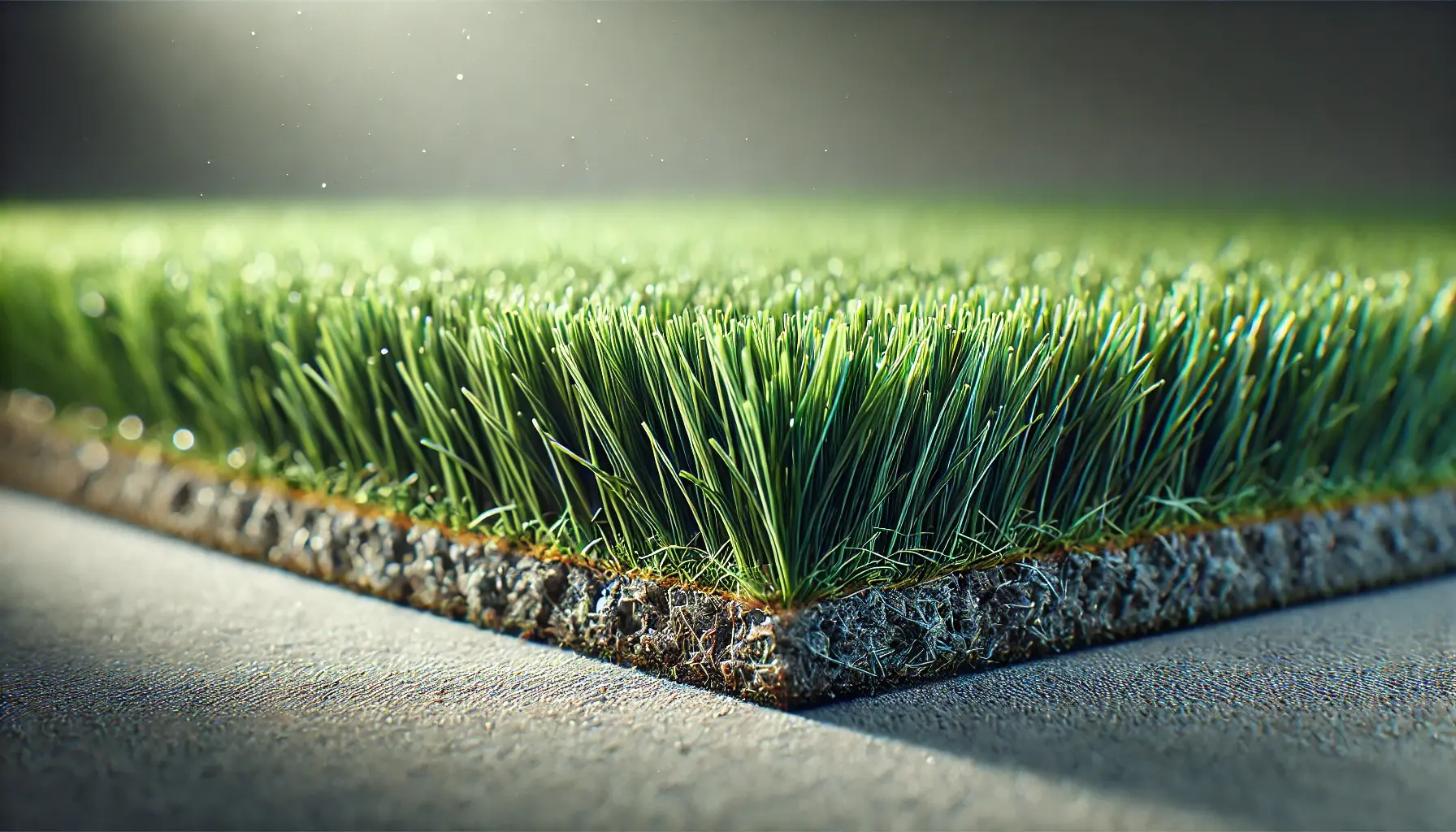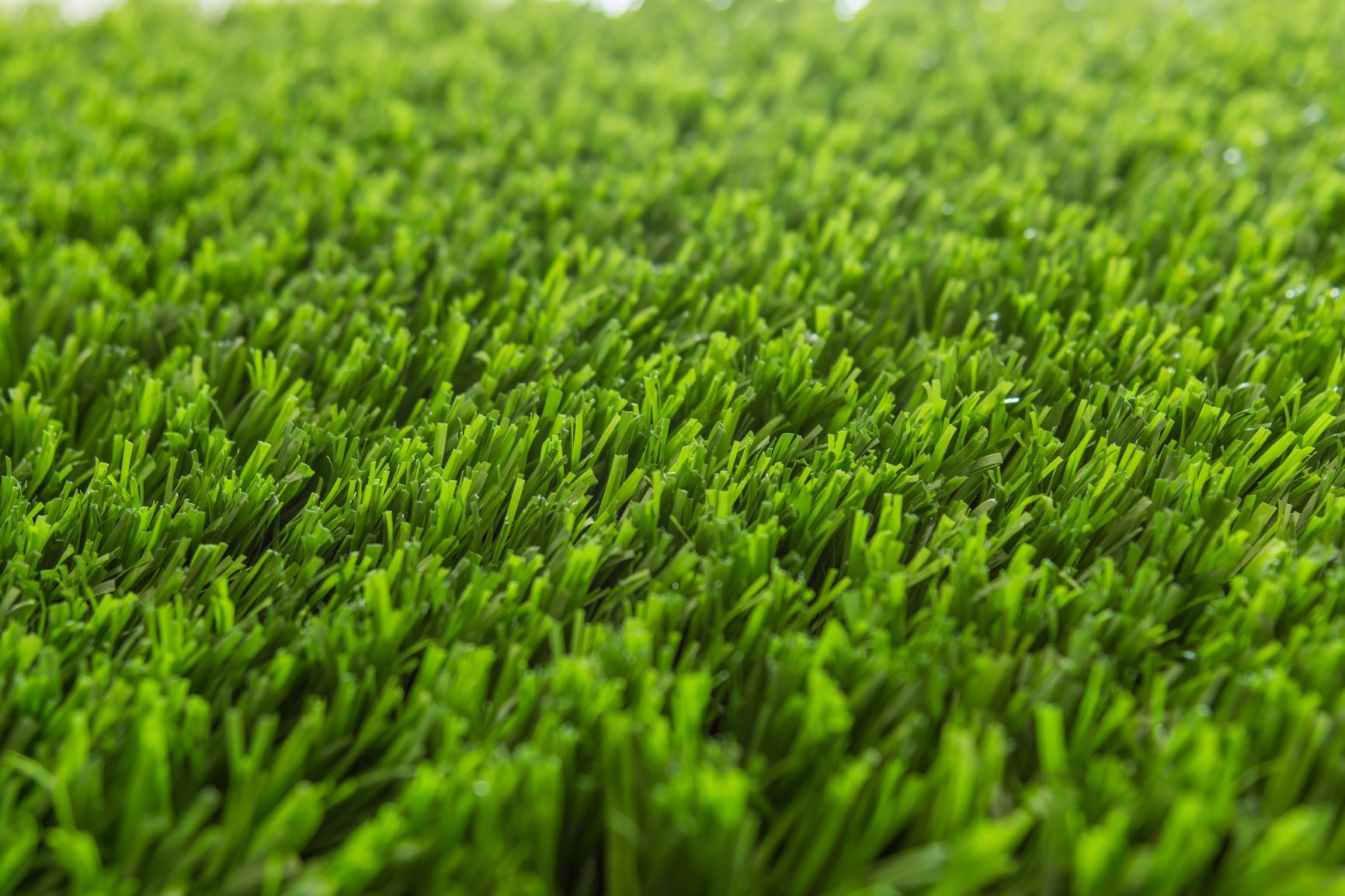Delve Into the Environmental Advantages of Opting for Artificial Grass Solutions
The fostering of synthetic grass options provides a compelling chance to attend to pushing ecological difficulties. By significantly decreasing water usage and decreasing the application of unsafe chemicals, these options not only promote sustainable landscaping however additionally safeguard local ecological communities. Additionally, the reduced carbon impact connected with lowered upkeep tasks adds to a more lasting strategy to land management. Nonetheless, the ramifications of these benefits prolong beyond plain preservation efforts, elevating inquiries regarding their long-term influence on environment preservation and total environmental balance. Checking out these measurements discloses a complex interplay worth thinking about.
Water Conservation Conveniences
One of one of the most substantial benefits of fabricated turf is its capability to save water. Typical turf yards call for significant watering, especially in areas prone to drought or water constraints. In contrast, synthetic grass does not need watering, substantially minimizing the total need for water sources. This attribute is specifically beneficial in dry regions where water scarcity is a pushing problem.
By getting rid of the demand for normal watering, synthetic grass contributes to lasting landscape methods and aids reduce the ecological effect of extreme water intake. Furthermore, the preservation of water includes the reduction of overflow, which can bring about soil disintegration and waterway contamination.
Additionally, the setup of synthetic grass enables districts and property owners to allocate water resources much more effectively, concentrating on vital usages such as alcohol consumption water and farming. The shift in the direction of synthetic grass not only advertises responsible water use yet likewise straightens with more comprehensive ecological objectives focused on protecting natural deposits.
As neighborhoods increasingly prioritize sustainability, the water conservation advantages of synthetic grass present an engaging instance for its fostering in business and household landscaping tasks.
Decreased Chemical Usage
The transition to synthetic grass substantially lowers the reliance on chemical therapies typically used in all-natural lawn upkeep. Typical lawn management usually includes the application of chemicals, herbicides, and plant foods to promote development and control pests. These chemicals can posture threats to human health and wellness, regional wild animals, and the environment, adding to soil and water contamination.
On the other hand, fabricated lawn eliminates the demand for these dangerous compounds. Once set up, it calls for marginal maintenance, largely consisting of routine cleaning and occasional infill replenishment. This reduction in chemical use not only benefits the instant environment but also adds to broader eco-friendly stability. By minimizing the release of synthetic substances right into the ecological community, synthetic grass promotes much healthier soil and water systems.
In addition, the absence of chemical runoff connected with synthetic lawn installations helps safeguard regional rivers from air pollution, sustaining marine life and maintaining biodiversity. Arizona turf. As communities increasingly prioritize sustainable techniques, going with synthetic grass presents a practical service that aligns with environmental conservation goals. Through this shift, property proprietors can delight in rich green spaces without compromising environmental health, leading the way for a more sustainable future
Reduced Carbon Footprint

Additionally, the installation of fabricated turf can lead to significant water conservation. All-natural lawns need considerable quantities of water for irrigation, which not only contributes to the carbon footprint associated with water extraction and therapy yet also pressures regional water sources. In comparison, synthetic turf needs marginal upkeep, requiring no watering, consequently substantially lowering water usage and its associated power expenses.
Furthermore, the long life of synthetic grass adds to its decreased carbon influence. With a life-span of up to 15 years or more, the requirement for constant substitutes is lessened, resulting in much less waste and reduced power usage in manufacturing and getting rid of typical yard choices. Generally, artificial turf presents a sustainable option for environmentally mindful landscaping.
Habitat Preservation
Habitat preservation is a vital factor to consider in the debate over landscaping selections, particularly when comparing synthetic grass to natural grass. Natural grass yards frequently need substantial maintenance, including using fertilizers, chemicals, and herbicides, which can detrimentally affect local ecosystems. These chemicals can leach right into the soil and waterways, hurting indigenous plants and animals and disrupting local habitats.
In comparison, synthetic grass provides a chance to reduce the eco-friendly footprint of landscape design. By choosing artificial turf, home owners can lessen the interruption of all-natural habitats related to standard yard care techniques. Synthetic grass removes the demand for damaging chemicals, consequently safeguarding close-by wildlife and maintaining the integrity of description surrounding ecological communities. The setup of artificial turf can lead to the conversion of former lawn areas right into even more biodiverse landscapes, such as pollinator yards or indigenous plant areas, which can sustain neighborhood wildlife.
Inevitably, the transition to synthetic grass not just saves water and minimizes maintenance initiatives yet additionally cultivates a much more harmonious partnership between human activities and the native environment, promoting habitat preservation in the process.
Long-Term Sustainability
Long-term sustainability is a vital element in reviewing the benefits of synthetic grass over typical lawn lawns. Among the most significant advantages of synthetic grass is its durability; it can last approximately 15-20 years with very little maintenance, whereas all-natural grass calls for regular reseeding and replacement. This long life minimizes the requirement for consistent resources, such as water, fertilizers, and pesticides, which are vital for maintaining a healthy and balanced turf yard.
In addition, fabricated grass adds to a reduction in carbon emissions related to yard treatment devices. Traditional grass commonly require gas-powered lawn mowers, leaners, and blowers, every one of which add to air contamination. Phoenix turf companies. In contrast, fabricated lawn gets rid of the demand for such equipment, promoting a cleaner environment
Moreover, the manufacturing of artificial turf increasingly uses recycled products, enhancing its sustainability profile. As makers adopt eco-friendly practices, the environmental footprint of artificial turf continues to diminish.

Conclusion
The adoption of synthetic grass remedies offers significant environmental advantages, including considerable water preservation, minimized reliance on harmful chemicals, and a lower carbon footprint. In addition, synthetic grass help in preserving natural environments Check This Out by minimizing land disturbance and advertising lasting sustainability via making use of long lasting products. Jointly, these aspects highlight the possibility of synthetic grass to contribute positively to environmental health and wellness and provide a practical alternative to conventional landscaping techniques in an increasingly resource-conscious globe.
In comparison, man-made grass does not need watering, considerably reducing the general demand for water resources. By lessening the release of synthetic substances into the environment, man-made lawn promotes healthier soil and water systems.
Furthermore, the installment of synthetic lawn can result in considerable water conservation. In contrast, fabricated grass needs marginal maintenance, calling for no watering, thus significantly lowering water use and its associated power expenses.
